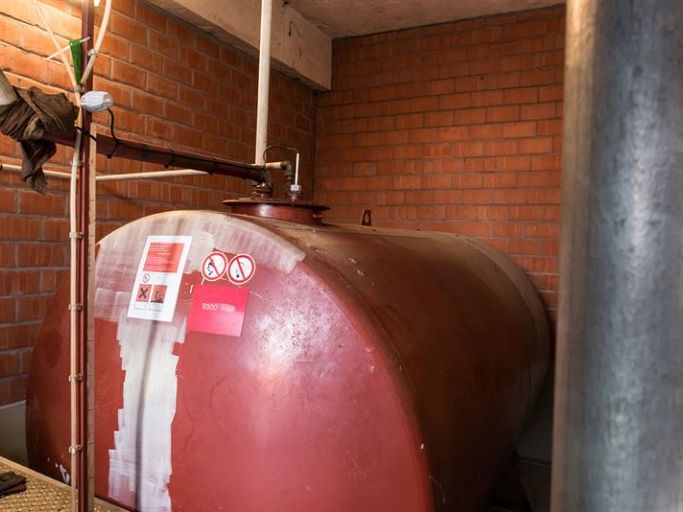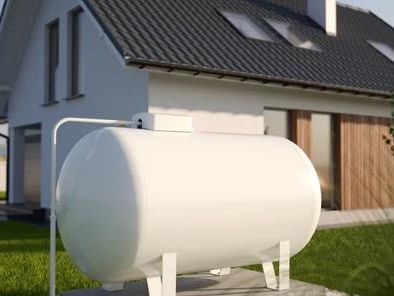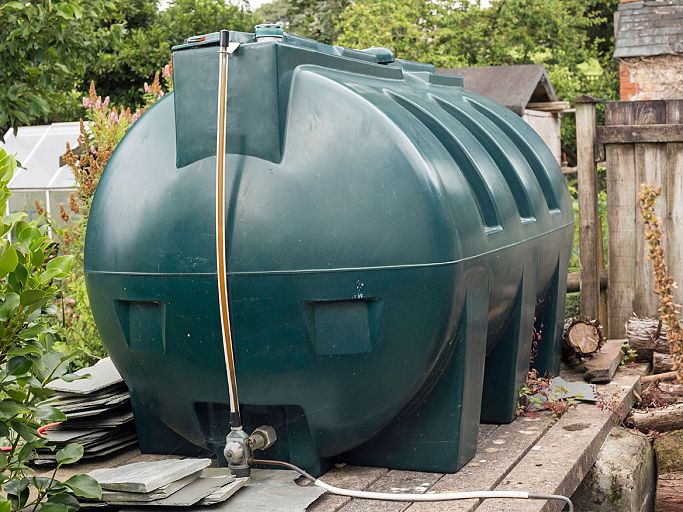Oil Tank Installation: Can I Do This Myself?
9th September 2022 in oil

Oil tank installation requires careful planning and skill. You may have already considered whether you can complete the installation of your new tank yourself. Whilst this is possible in theory, understanding the regulations associated with installation and the potential risks involved is crucial.
Regardless of who will be installing your oil tank, the person likely to be responsible for identifying when your tank needs replacing is you. Signs that your old tank may need replacing include:
- Water inside the tank: You can identify the presence of water by applying water detection paste to a piece of string or long stick – if the paste turns brown, water is present.
- The age of your tank: The typical lifespan of an oil tank is around 10 to 15 years, so if this has been reached or exceeded, it’s a good idea to get a replacement installed before further problems arise.
- Oil leaks: these can be detected by smell – it’s vital that leaks are addressed as soon as you spot them given their risk to the environmental.
- Physical damage: If cracks, bulging or splits in the body of your tank have been detected on inspection, now is the time to get that tank replaced.
Is self-installation a good idea?
Technically, anyone may install a new oil tank, so long as the tank installation code and regulations are adhered to. However, it’s a risky process and you must notify the building control, who will subsequently inspect your installation. Although it’s not a legal requirement to upgrade an unsafe tank, you should be aware that if your installation is not undertaken properly, it may cause oil spills and pollution, both of which can bring unwanted fines and potential criminal prosecution. There are also strict measurement regulations when installing an oil tank:
- If the capacity is over 2500 litres, your tank MUST be bunded.
- If the tank is under 2500 litres, you MAY need what is called ‘secondary containment,’ otherwise known as ‘bunding’ – essentially a double layered oil tank to prevent issues like spillages and oil theft.
- Tanks under 2500 litres are required to have bunding IF they meet a number of conditions such as if they are located near an open drain. You can read the regulations in more detail on the OFTEC site.
Although we have put together the key information on self-installation, opting for a professional installation has you covered regarding regulation compliance. It also offers a number of other benefits.
Benefits of professional installation
- Professional heating engineers are registered with OFTEC or another ‘competent persons’ scheme and are able to self-certify their own work - you would thus not have to worry about notifying Local Authority Building Control because everything will be done for you.
- Professionals are certified to remove and dispose of your old tank which speeds up the turnaround during installation.
- During the process, you may be required to switch your heating off for up to 6 hours, which is likely to be extended further if you install the tank yourself.
Given the risks involved with self-installation, we recommend hiring a professional. Here at Tanks R Us we have over 40 years of experience in tank installation, with a team of OFTEC registered engineers. Simply send us photographs of the tank’s location, as well as the surrounding site and access to the space. This allows us to offer a quote tailored to you, telling you the exact price before you commit. In this way, we can prepare correctly before the installation, preventing any unexpected costs. You can read about our step-by-step installation process here.Contact us today!
One of the largest selections of tanks in the UK
Chat online or call us today on 01469 531229
Related Products
More Articles

How to Prevent Oil Theft – 8 Security Measures
1st August 2022 in oil

7 signs your oil tank needs replacing
4th August 2022 in oil

What are the advantages of a bunded oil tank?
6th August 2022 in oil

Our top 8 ways to maintain your oil tank
8th August 2022 in oil
Help
About Us
My Account
Newsletter Sign Up
Inspiration direct to your inbox, please enter your email below...
© Tanks R Us. All rights reserved. Registered in England. Registration number. 05804332. VAT number 364402764